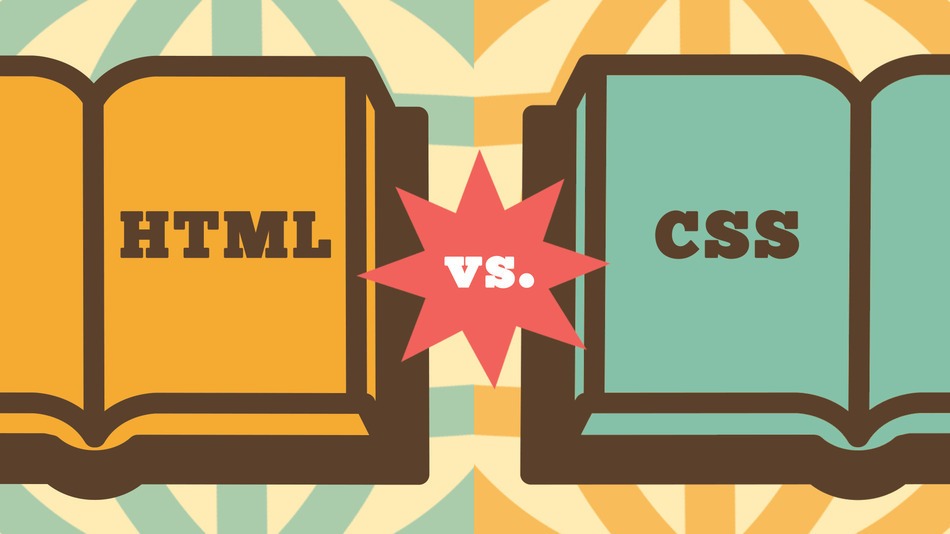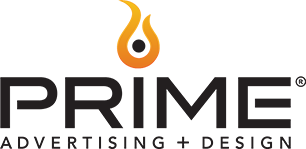A recent article posted today on Mashable.com highlights some of the most confused terms in the tech industry, and we thought it was definitely worth sharing! You can also read the full article at http://mashable.com/2014/10/01/confusing-tech-terms/.
The 10 Tech Terms You’re Mixing Up

Do you ever find yourself trying to hide your confusion at work meetings while the tech team is tossing around terms like UI and UX? Or maybe you’re all about downloading the latest apps, but you’re not totally sure what “app” actually means.
Well, it’s time to stop faking it and start learning some of today’s most important tech vocabulary. We’re here to define 10 tech terms that you hear on the daily, and we’re using plain English (as in, even your Gramps would understand). No more excuses—here’s your chance to get in on the conversation, and earn a little tech street cred, too.
The Internet vs. the Web
Wait, there’s a difference? Oh, yes! (And no trying to avoid this one by referring to them both as “the interwebs.”)
The internet is actually millions of computers interconnected in a global network. (Get it? Interconnected + Network = Internet.) All of these computers can talk to each other to send and receive data around the world as fast as you can favorite a tweet.
The web, on the other hand, is the system where some (but not all) of that data is kept in the form of special documents. These documents are linked together and more commonly known to you and me as web pages.
To put it simply, the internet is the equipment and connections, and the web is the information. Fun fact: While “world wide web” was the hottest term for the web a few years ago, Millennials prefer to call it “the cloud.”
HTML vs. CSS
Speaking of the internet, here’s a bit more about how the websites on it are made. HTML — or HyperText Markup Language — is the language used to write web pages. HTML is made up of “elements” (paragraphs, headers, lists, links, and the like), which give each web page structure and contain the content of the page itself (text, images, videos, and so on).
CSS — or Cascading Style Sheets — tell web browsers how to format and style an HTML document. In other words, CSS is what makes HTML look good. Using CSS, you can give a web page its own font, text styles, colors and, with the newest CSS version (CSS3), even multiple backgrounds, 3D transformations, and awesome animations.
To put it simply, HTML holds the content in place, and CSS makes it look pretty.
Front End vs. Back End
Now you know how websites are made, let’s talk about how they work. The front end of a website is the part that you can see. This includes HTML and CSS (see how handy it is to know those terms!) and all the other things you look at in your browser. Think Facebook posts that update or Google search terms that autocomplete—these are all thanks to the powers of the front-end programming language JavaScript.
The back end of a website is the part of a website that makes it work. It includes applications that tell websites what to do, servers where websites get data from, and databases where information websites use is stored.
On Twitter, for instance, the look of your feed is the front end, and all the data is stored in the back end.
App vs. Software
Speaking of telling computers what to do, you’ve probably heard the term “application” before. In a nutshell, an application, or app, is a program or set of instructions that you can use to do certain things on your iPhone or Android.
The general term for any instructions for your computer, tablet, or phone is software. So, apps are just one type of software. But, system software—like operating systems (Think iOS7 or Windows 8), drivers (controls for your printer or speakers, for example), or utilities (like anti-virus or backup)—are a different type of software that run your computer as a whole and make it possible for you to use all those apps you’re addicted to.
That means: All apps are software but not all software is an app.
UX vs. UI
Even pros can get mixed up about these two abbreviations, but let’s make sure you don’t. UI — or User Interface — is how a product or website is laid out and how you interact with it: Where the buttons are, how big the fonts are, and how menus are organized are all elements of UI.
But UX — or User Experience — is how you feel about using a product or a website. So, your love for the way the new Apple Watch looks or your excitement that there’s finally a tablet-sized iPhone to watch those Corgi videos you’re obsessed with are reflections of UX.
So the new look of the Facebook news feed involves a change to UI, and the way you navigate that new page is the UX.
Now that you’re clear on some of the the most used-and-abused tech terms, get out there and prove to your co-workers (and maybe even your Instagram followers) that you know what’s what in tech today.




Leave a Reply
You must be logged in to post a comment.